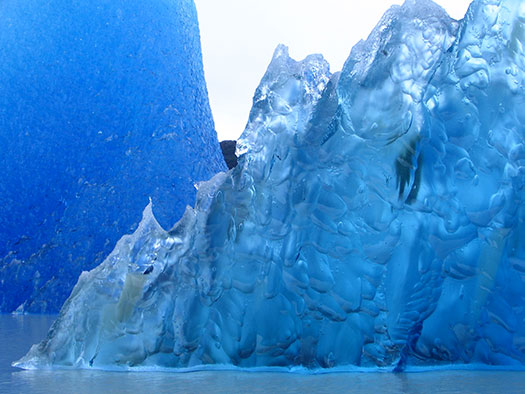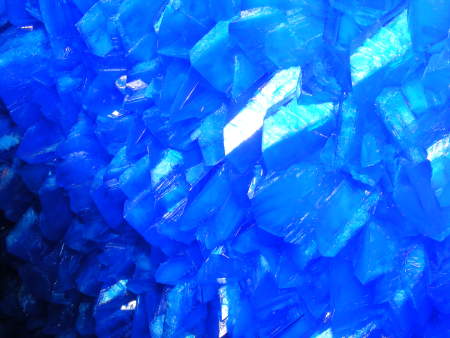The BRAWL² Tournament Challenge has been announced!
It starts May 12, and ends Sept 12. Let's see what you got!
https://polycount.com/discussion/237047/the-brawl²-tournament
It starts May 12, and ends Sept 12. Let's see what you got!
https://polycount.com/discussion/237047/the-brawl²-tournament




Replies
http://vimeo.com/22727152
You're going to want a material with:
a low to medium specular exponent. Between 4 and 10 for a default phong implementation.
A coloured transmission mask modulated by a dot product between camera and surface normal.
Depending on how complex you want to get you could build a custom lighting solution that can replicate the internal scattering of the ice, and its highly diffuse nature in directions other than directly light facing, OR you could fake something similar by putting the ice color into the emissive channel, modulated by a low exponentiated dot product between camera and normal. The trouble with that solution is it will look very strange in low light conditions, as you're basically making the ice glow.
That should work well for the first, second, and fourth pics. The crystal picture can go a couple ways. The easier way would need need its transparency controlled by a camera vs normal dot product, with exponent control for the width of angle acceptable
The more complex, but nicer looking, way would be to use a real time generated cubemap, then take the inverse of the surface normal and add it to the camera vector, normalize that, then feed the result into the cubemap for the resulting texture lookup, which would essentially fake refraction. To add some control you could create an index of refraction variable that you could alter the overall vector addition by, multiplying the normal by the index before adding it to the cam vector and normalizing, thus increasing its overall contribution to the direction of texture lookup.
As Valias said, those crystals are 'boosted', so you can get away with alot of simplicity in the materials just by using the basic nodes, a few camera nodes if you want to get fancy, but I don't see clear relfection in those images. A more serious and real looking crystal will require your own lighting solution, with internal scattering solutions, OR you can just create layers of mesh, assign each on a different material ID, and create several materials in UDK and keeping each one simple, but making sure they work with each other and assign to said mesh/s.
What!? That's nuts! There's no way you can get the look he's after with baked textures.
For the crystals you want a very bright specular highlight (greater than 1) and you want a specular power of about 15.
If you make the material 2 sided and transparent you're going to run into a lot of triangle sorting problems and it will look bad.
You could also just feed a fresnel node into the distortion input to get some refraction going.
Any other situation it will be noticeably inaccurate as.. well everything about the crystal will not change. Course if you're looking for stylized ice then sure, bake or hand paint away.
Visceral: It could work, but the questions remains if they have a DX11 card or not and just how flexible the current SSS material functions are.
edit: some screenshot:
Which reminds me, did you try the distort function in UDK?